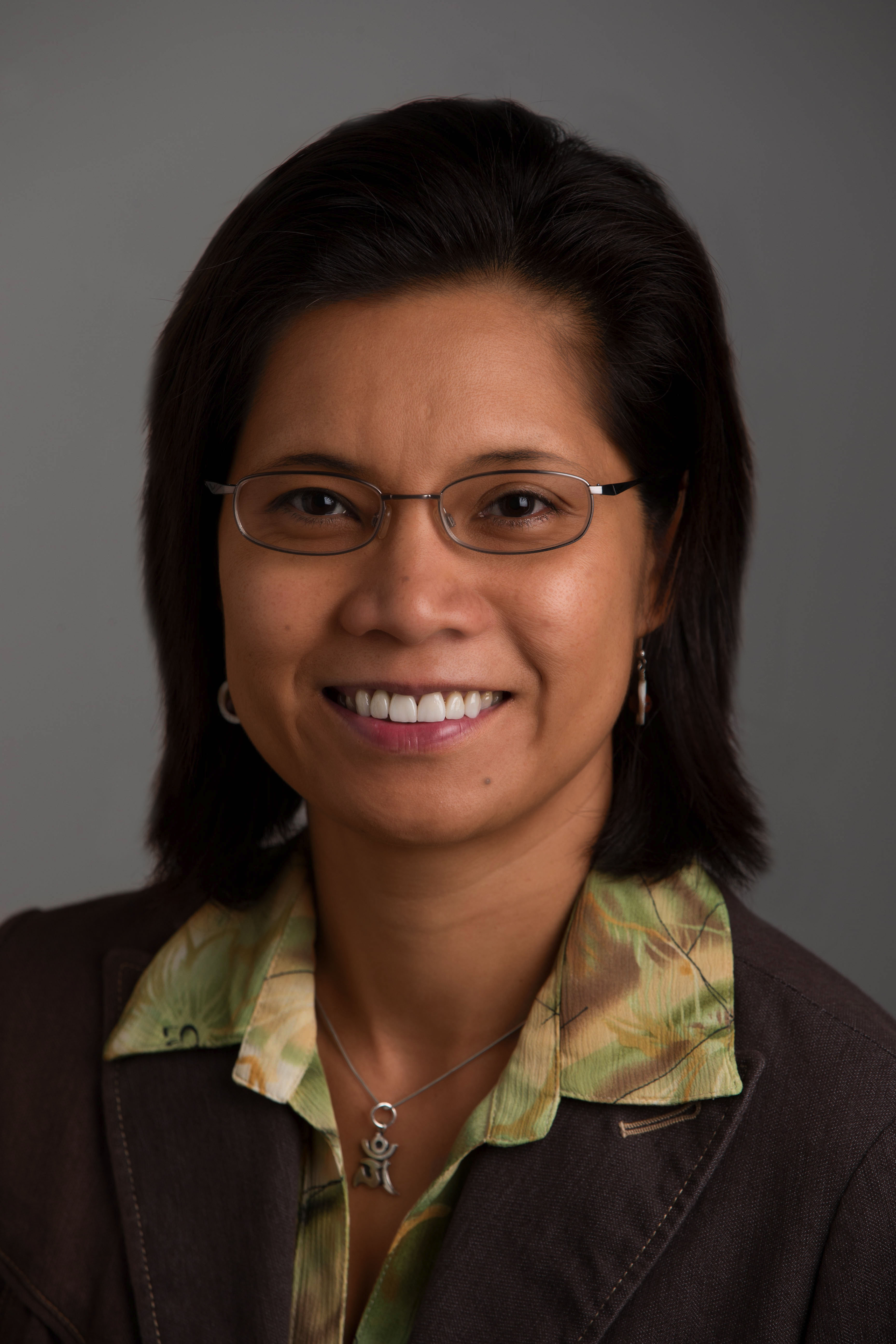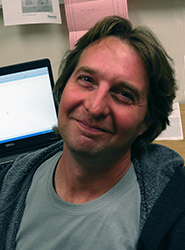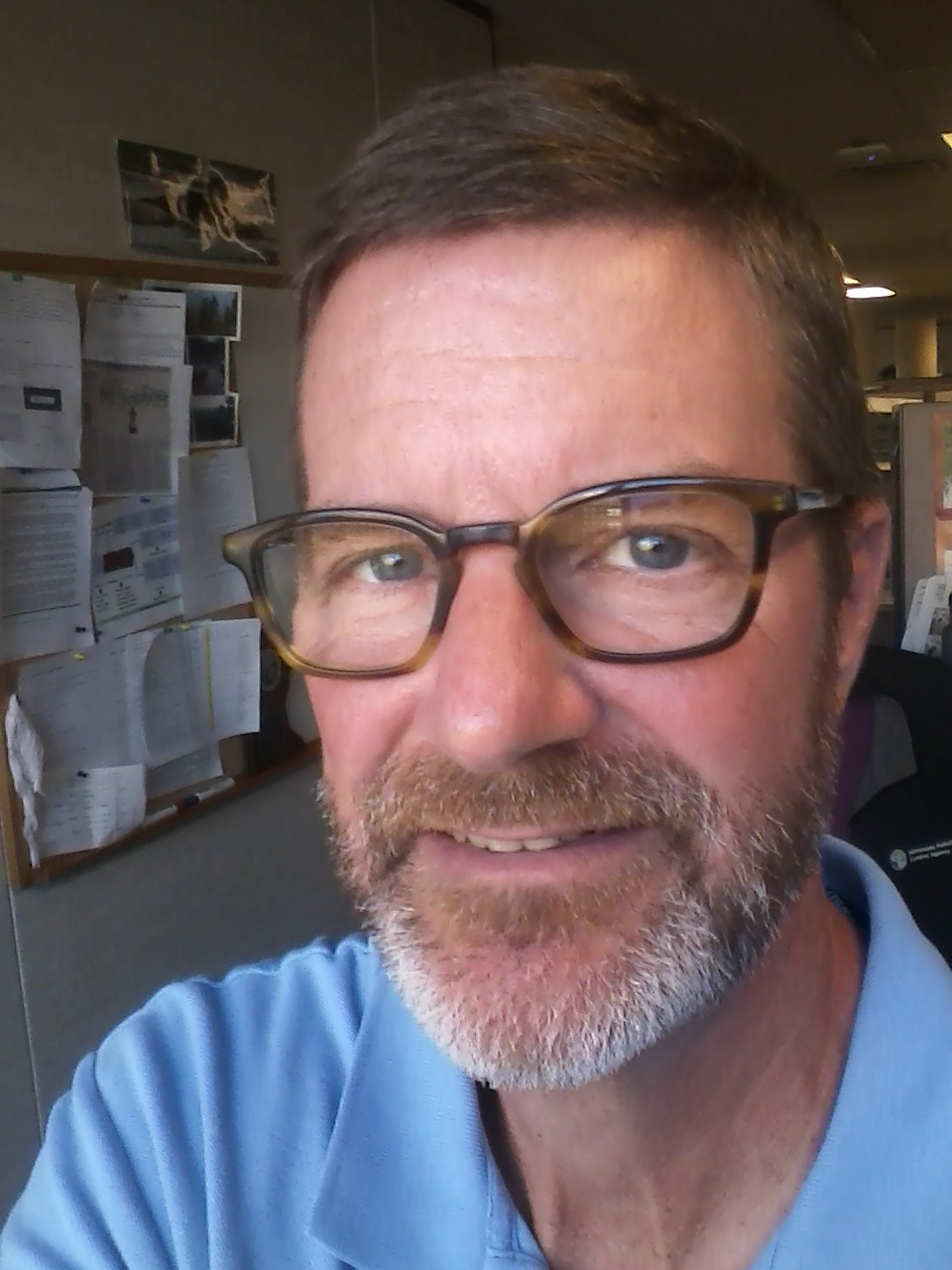The ISTC Sustainability Seminar Series continues on Thursdays this fall with the theme “Contaminants in the Environment.” The schedule of seminar speakers is below. To be added to the seminar and events email list or to receive links to the live broadcasts of the seminars, please contact Beth Meschewski at elm2@illinois.edu.
All seminars will be held at ISTC (1 E. Hazelwood Dr. in Champaign) in the SJW Conference Room. The series is an opportunity to share information and discussion with peers in a relaxed, informal environment. Please feel free to bring a lunch. Seminars usually last about an hour and questions are welcome. The seminars will be broadcast live and will also be recorded and archived on the ISTC website: www.istc.illinois.edu.
To support our sustainability efforts, consider bringing your own reusable beverage container (mug, cup, water bottle, etc.).
September Seminars
 September 8, 2016, 12-1 pm CDT at ISTC
September 8, 2016, 12-1 pm CDT at ISTC
Lessons Learned from Two Decades of Research on Emerging Contaminants
Presented by Diana S. Aga – Henry Woodburn Professor of Chemistry, Chemistry Department, University at Buffalo, The State University of New York, Buffalo, NY
In the last twenty years, thousands of research papers covering different aspects of emerging contaminants have been published, ranging from environmental occurrence to treatment and ecological effects. Emerging contaminants are environmental pollutants that have been investigated widely only in the last 20 years, and include man-made and naturally occurring chemicals such as pharmaceuticals and personal care products and their metabolites, illicit drugs, engineered nanomaterials, and antibiotic resistance genes. The advancement in our knowledge on emerging contaminants has been the result of the appearance of highly sensitive and powerful analytical instrumentation that rapidly developed, allowing trace quantification and identification of unknown contaminants in complex environmental matrices. High efficiency chromatographic separations coupled to high-resolution mass spectrometers have become commonplace in environmental laboratories and the pillars of environmental research, increasing our understanding and awareness of the presence of emerging contaminants in the environment, their transformation and fate, and the complex ecological consequences that they pose on exposed biological systems. In this presentation an overview on key research milestones in the area of emerging contaminants, focusing on pharmaceuticals and personal care products and endocrine disrupting compounds, and highlighting some of our own research, will be presented to identify knowledge gaps and future needs where the analytical scientists and environmental engineers can contribute to advance this important area of research and provide solutions to problems related to the impacts of emerging contaminants in the environment.
Webinar registration: https://attendee.gotowebinar.com/register/6419324193220665091
 September 22, 2016, 12-1 pm CDT at ISTC
September 22, 2016, 12-1 pm CDT at ISTC
Fluorescence Spectroscopy as a Complementary Technique for Characterization of Organic Matter Associated With Produced Waters from Oil Extraction
Presented by John Scott – Senior Analytical Chemist, Illinois Sustainable Technology Center, Prairie Research Institute, University of Illinois at Urbana-Champaign
Unconventional sources of oil and gas are becoming increasingly important in meeting US energy demands. Horizontal drilling and hydraulic fracturing of shales in locations such as Pennsylvania are commonplace in response to the need for domestically sourced energy. Although development of these new technologies has increased the domestic production of gas and oil, there have been many concerns relating to contamination of surface water, groundwater and drinking water supplies.
Fluorescence excitation-emission spectroscopy is a rapid and inexpensive technique that could be utilized as a screening tool for water samples suspected of contamination by hydraulic fracturing operations. In conjunction with computational analysis of the fluorescence data using techniques such as parallel factor analysis (PARAFAC), questions such as “Has there been contamination caused by fracking” can be answered rapidly and inexpensively.
Chemical additives used in fracturing fluids and chemical contaminates in produced waters, such as polyaromatic hydrocarbons (PAHs), could be used as a surrogate to determine if contamination of surface waters, groundwaters, and drinking waters was due to hydraulic fracturing operations in nearby locations. Methods developed in this project could aid in water quality monitoring and help guide decisions regarding further testing of water samples suspected of contamination.
Webinar registration: https://attendee.gotowebinar.com/register/1595124567444122626
October Seminars
 October 13, 2016, 12-1 pm CDT at ISTC via webinar from Minnesota
October 13, 2016, 12-1 pm CDT at ISTC via webinar from Minnesota
Contaminant Reduction through Safer Product Chemistry – Minnesota’s Initiative
Alister Innes – Green Chemistry Coordinator, Minnesota Pollution Control Agency
Working with many partners, the Minnesota Pollution Control Agency (MPCA) has promoted Green and Safer Product Chemistry since 2010. Efforts have included conferences and workshops, grants to businesses, legislative initiatives, prevention and reduction projects, grants to science and engineering faculty, collaboration with other states and organizations, and increasing oversight of Minnesota product regulations. Some of these efforts have focused on bisphenol A, polycyclic aromatic hydrocarbons, orthophthalates, brominated flame retardants, lead, mercury, formaldehyde, and nonylphenol ethoxylates present in various products. MPCA continues to scan the results of environmental and human monitoring programs along with data on chemicals and products reported by companies to focus this work. New sources of information are needed in order to assess how effective Minnesota’s investment has been.
Webinar registration: https://attendee.gotowebinar.com/register/6279461916299290628
November Seminars
November 10, 2016, 12-1 pm CST at ISTC
PCBs in the Environment Today
Scott Spak – Assistant Professor of Urban & Regional Planning and Civil & Environmental Engineering at the University of Iowa
More details coming soon!

